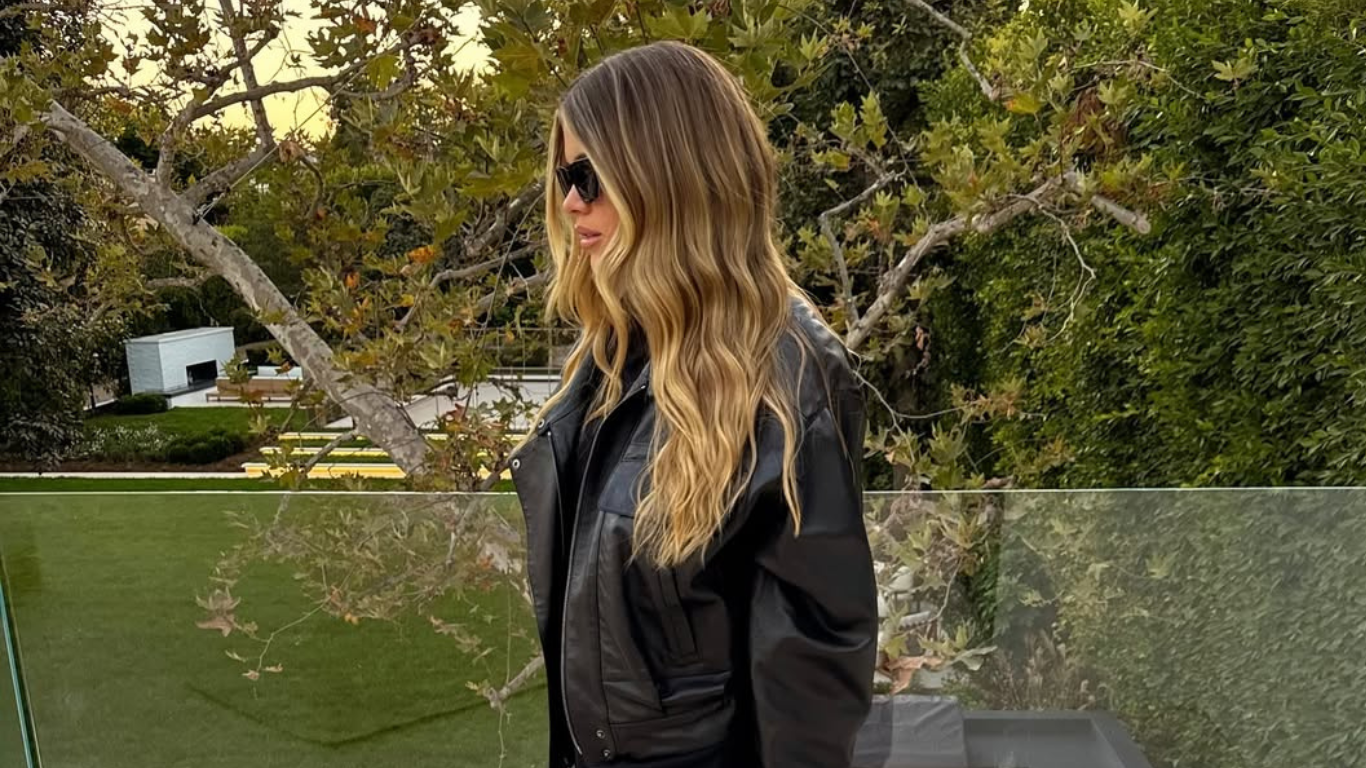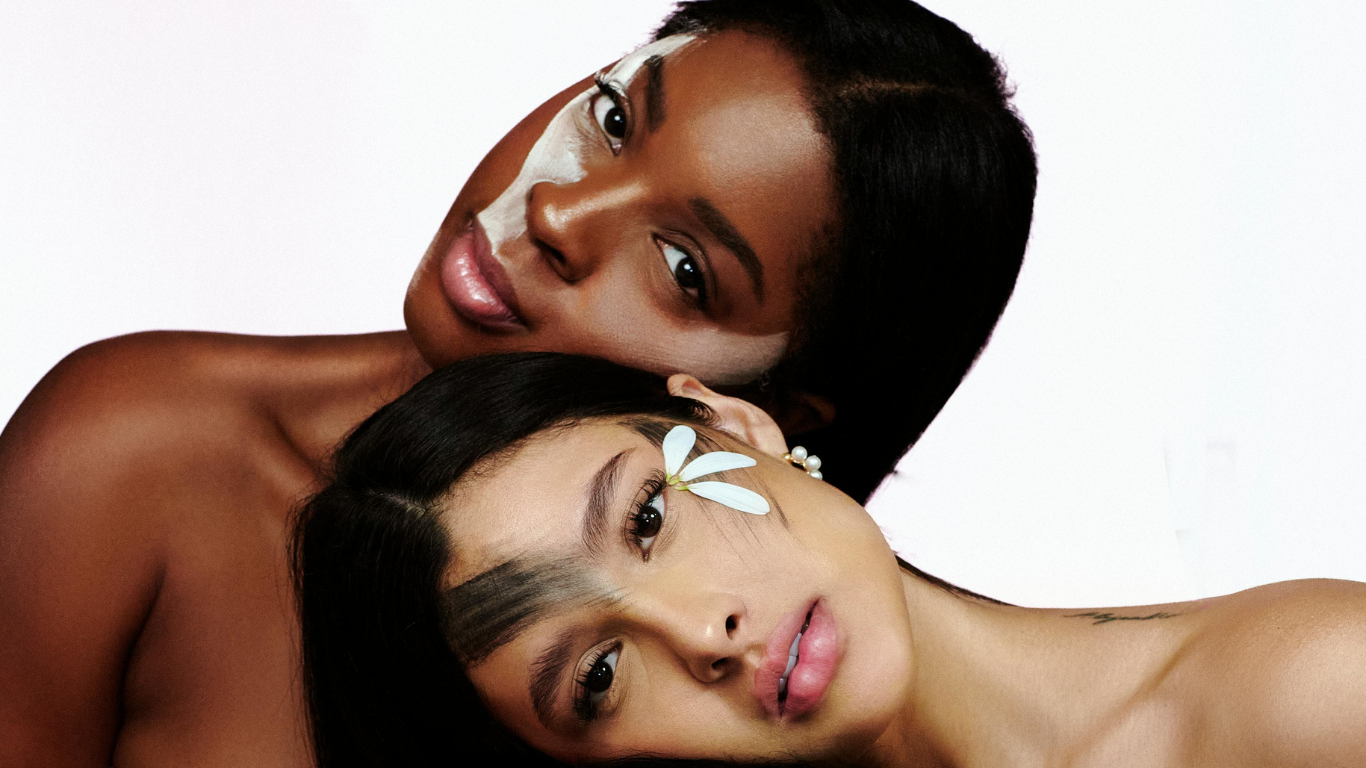SPF against the sun: how to save your skin in summer in Uzbekistan?
What do the numbers on the packaging mean, and how to choose the protection that works specifically for you
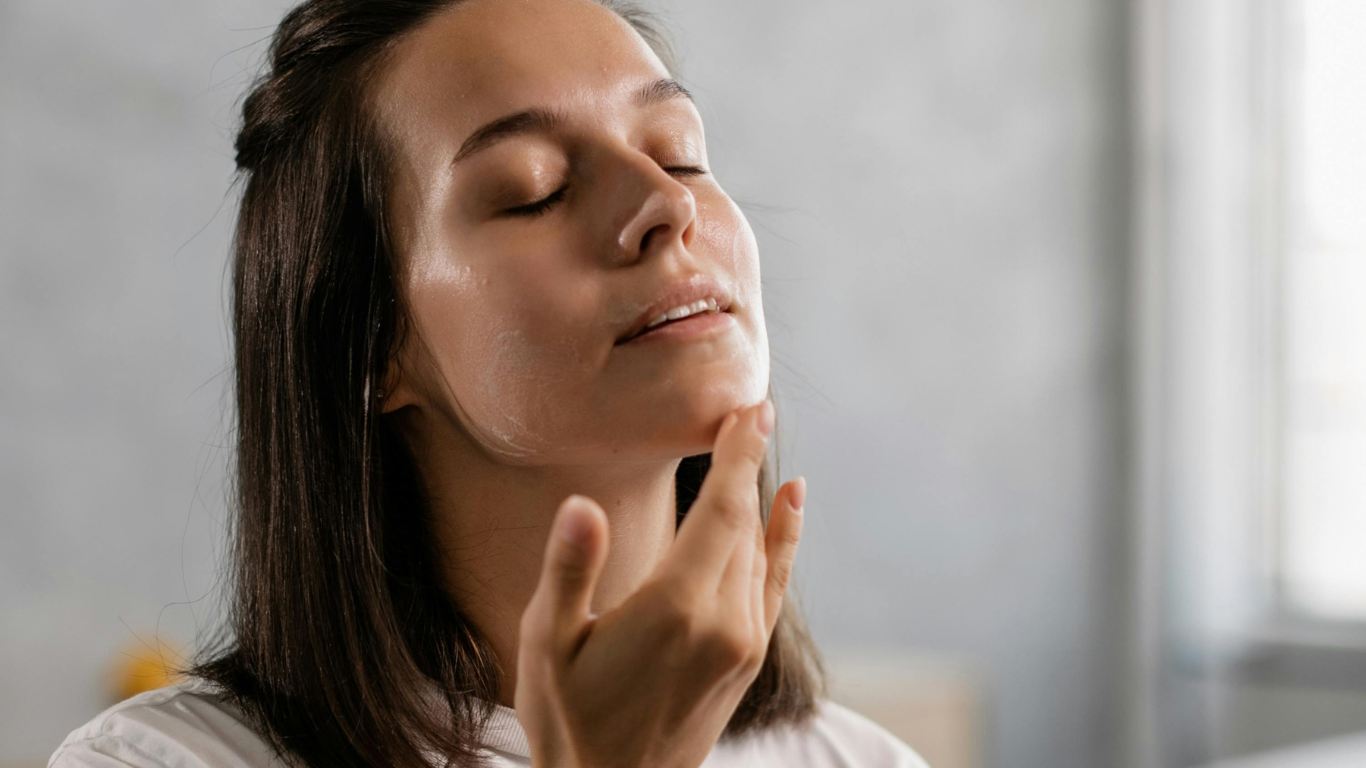
In Uzbekistan, summer quickly turns into a season of scorching sun and high ultraviolet activity. Even a short stay outside without protection can become a source of stress for your skin. ELLE O‘zbekiston explains which SPF level is suitable for the local climate and why it's important to pay attention to the number on the packaging.
SPF: how it works and what the number means
SPF (Sun Protection Factor) is an indicator that reflects the level of protection the skin receives from ultraviolet type B (UVB) rays, which cause sunburn and increase the risk of skin cancer. For example, SPF 30 means that, when applied correctly, you can stay in the sun 30 times longer without the risk of burning compared to being unprotected. However, it's essential to remember that no sunscreen completely blocks ultraviolet rays.
- SPF 15 blocks about 93% of UVB rays
- SPF 30 – about 97%
- SPF 50 – about 98%
- SPF 100 – up to 99%
The difference between SPF 30 and 50 may seem small, but under intense sun it can play a significant role, especially for people with fair, sensitive, or pigmentation-prone skin.
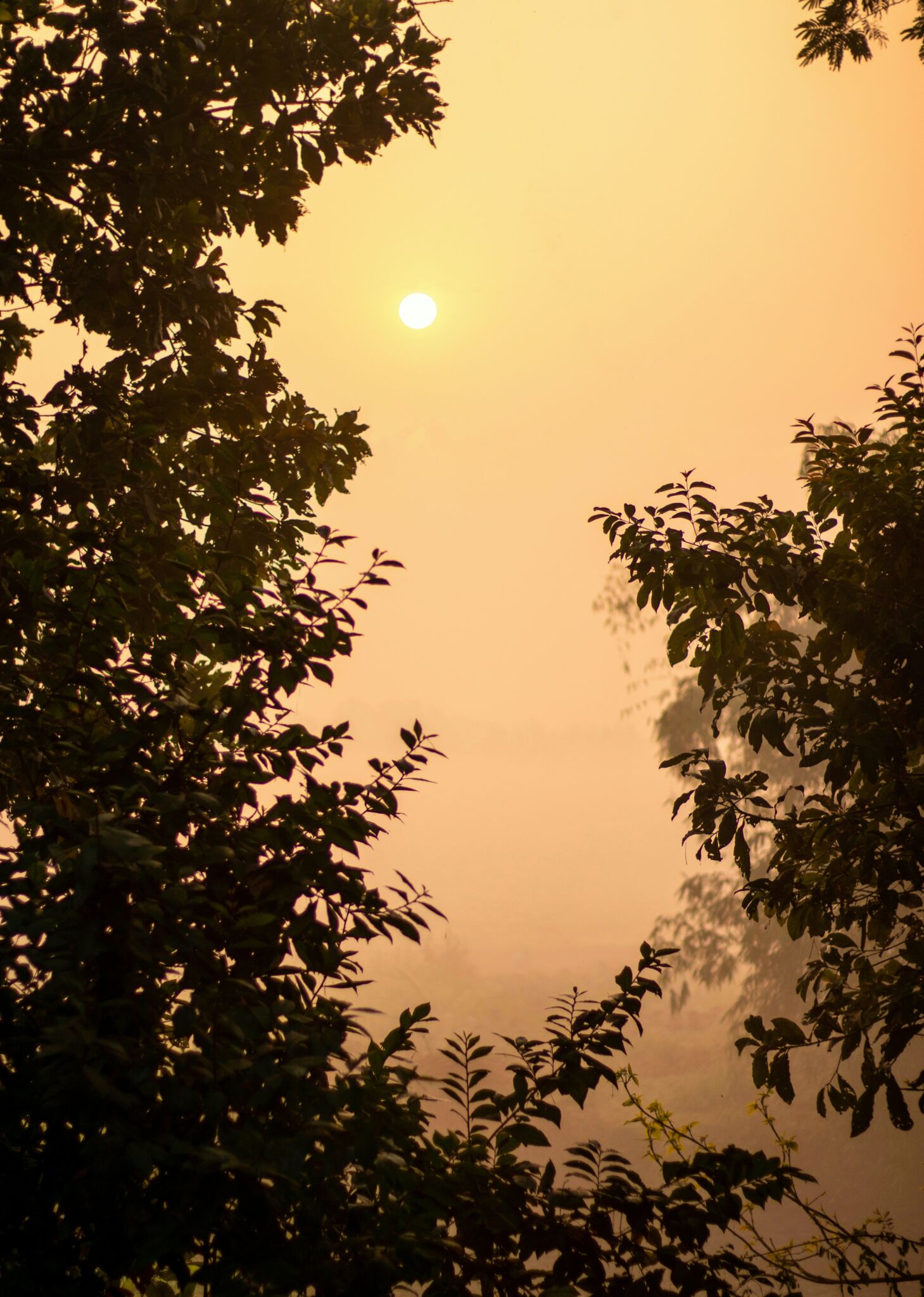
photo: unsplash
Which SPF to choose in summer?
In summer, dermatologists recommend using SPF no lower than 30, even in the evening. And if you plan to spend a lot of time outdoors, in the mountains, it's better to choose SPF 50.
People with sensitive skin, those who have undergone skincare or cosmetic procedures, as well as those prone to pigmentation, should use products with maximum protection – SPF 50+ with broad spectrum protection, which shields not only from UVB but also from UVA rays that cause photoaging.
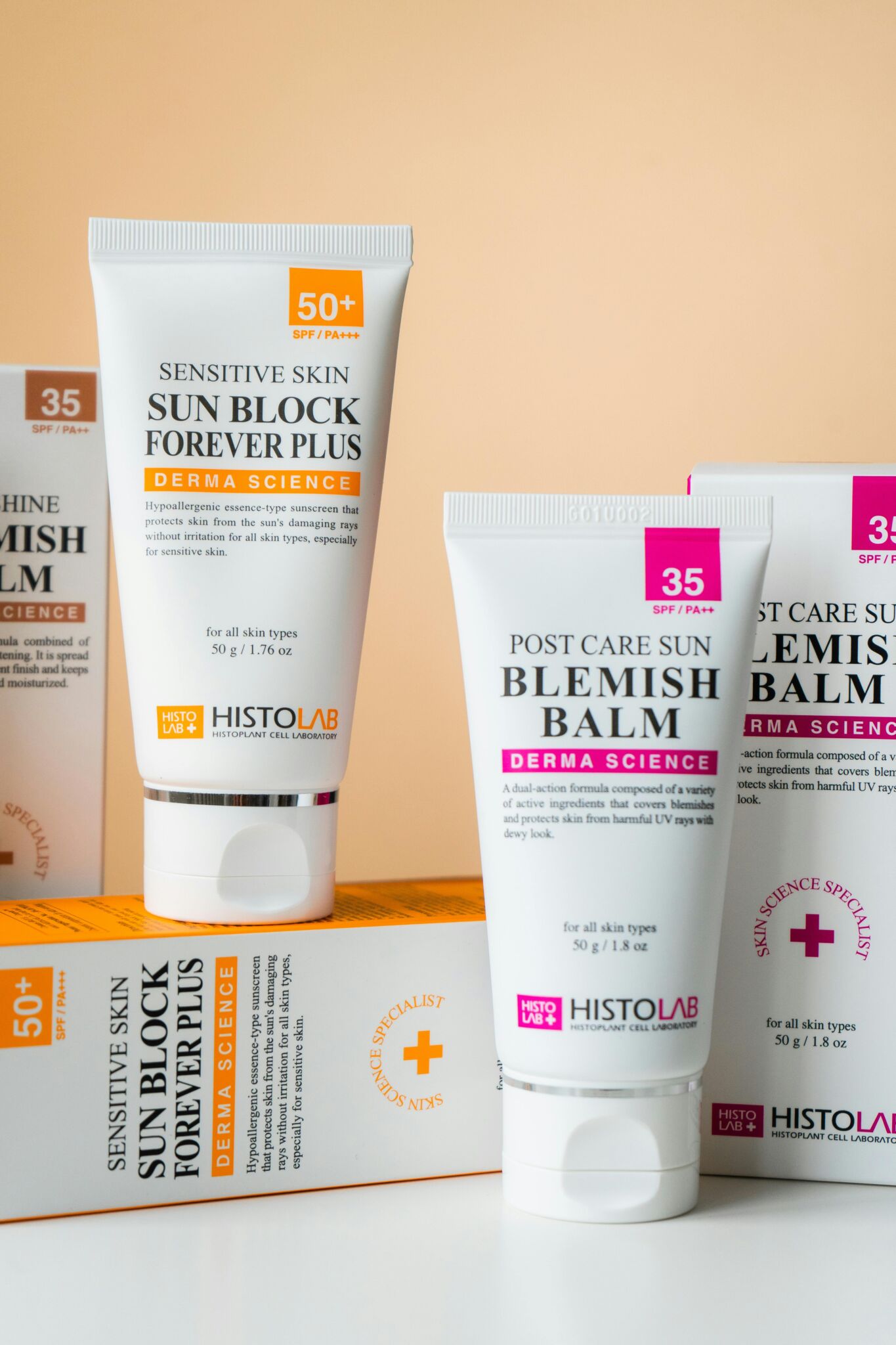
photo: freepik
How to apply SPF correctly
It’s important not only to choose the right level of protection, but also to know how to use it:
- Apply 15–20 minutes before going outside
- Use enough – about half a teaspoon for the face
- Reapply every 2 hours
- Don’t forget the neck, ears, lips, and hands – these areas are also vulnerable

